When Horror and Non-Horror Collide: Films with Confusingly Similar Titles

An intriguing subsection of cinema exists: horror films that share titles with non-horror counterparts. That confusion can blur boundaries between genres, spark curiosity, and lead some people to watch a Disney flick accidentally.
Let’s explore some of my favorites and compare how the two similarly titled entries stack up.
Frozen (2010) and Frozen (2013)
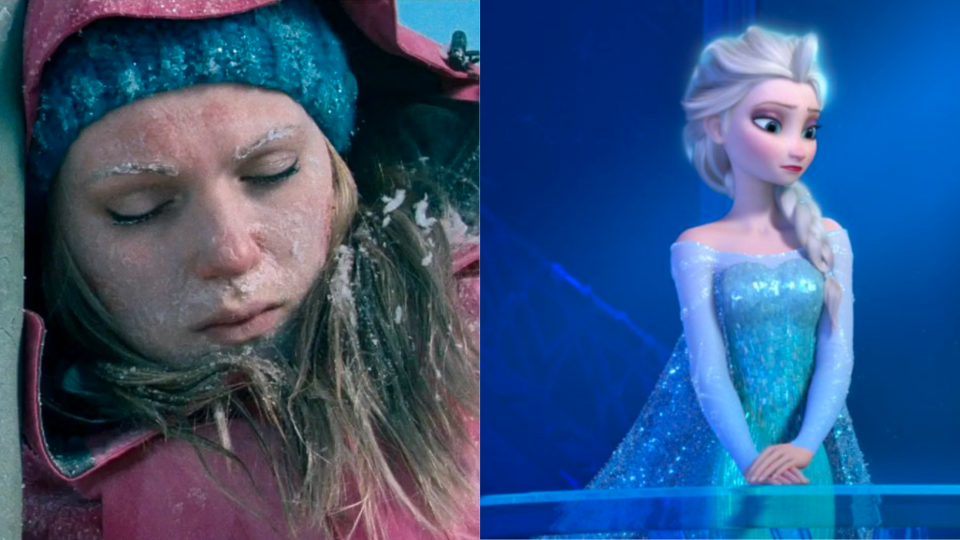
Disney’s Frozen franchise has been a kid crowd-pleaser since launching in 2013. Inspired by Hans Christian Andersen’s The Snow Queen, the franchise includes two films, various shorts, and one of the more infectious Disney songs of the modern era, “Let It Go”.
Three years earlier saw the release of 2010’s Frozen. Snow is the only similarity these films have, with 2010’s iteration centering on three skier friends stuck on a ski lift when the mountain closes for a three-day weekend. And while it isn’t as beloved as the Disney series, Frozen was a tension-filled horror based on scares that can happen with just a bit of negligence. Be sure to check out Hatchet II for the conclusion of the story.
Troll (1986) and Troll (2022)
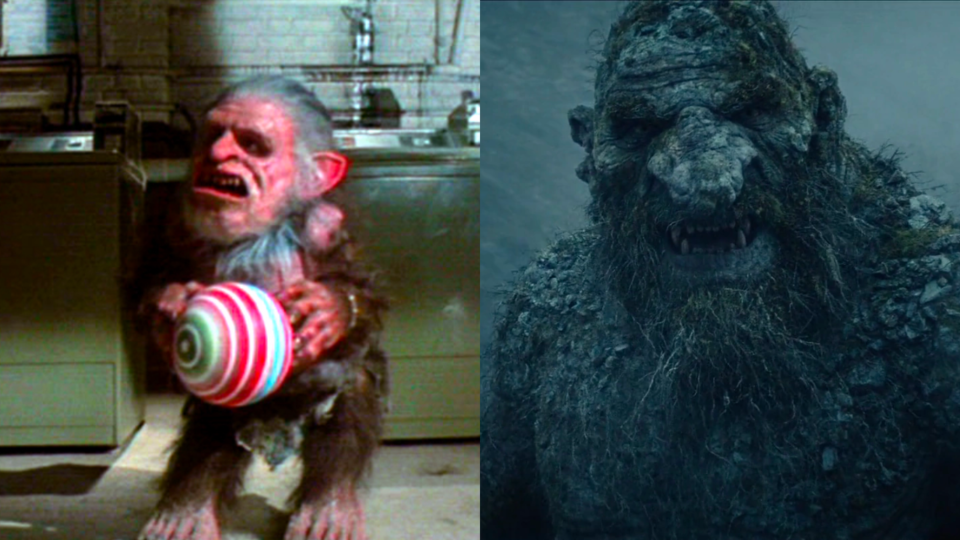
Not to be confused with the kids’ film Trolls (2016), 2022’s Troll is a Norwegian monster folklore story. The Netflix feature may scare some kids, but the film falls into the action category. Pair it with 2010’s Troll Hunter for an excellent double feature.
1986’s Troll is a lighthearted comedy about a family encountering trolls and a witch upon moving into their new apartment. It’s a fine enough 80s horror with a fair share of levity and fantasy to make it come together. But Troll is more remembered for two achievements. The film launched Julia Louis Dreyfus’s film career and ushered in Troll 2, one of the best so-bad-its-good horror films of all time.
Fall (2022) and The Fall (2006)
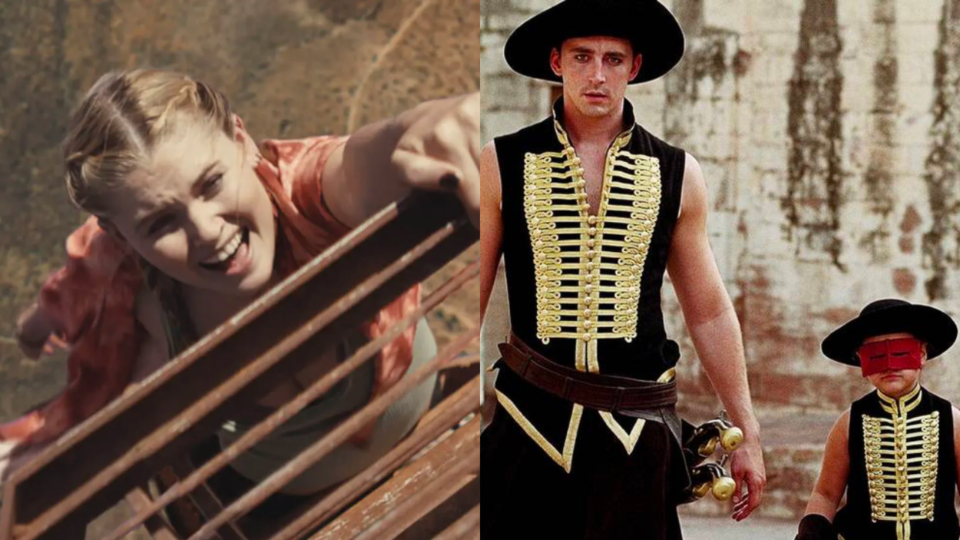
This one has a personal impact on me. I told my girlfriend’s family to check out Tarsem Singh’s 2006 The Fall a few weeks back. The story of a man and young girl, both patients in an early 1900s L.A. hospital, opens up into a world of the young girl’s imagination and the desperate lengths the man will go to end his suffering. Lee Pace is incredible as the lead. Tarsem stands out by creating one of the most visually stunning films. See this film, please. I need more people to talk to about it.
A few days later, my girlfriend’s family told me they enjoyed the film but didn’t see Lee Pace, disappointing everyone involved. Lee’s a real gem, isn’t he? Despite the lack of Lee Pace, they felt 2022’s story of two climbers stuck high atop a pole was thrilling all the same. I’m glad they enjoyed Grace Caroline Currey, Virginia Gardner, and Jeffrey Dean Morgan’s iteration. But I hope they can check out the other one soon—or someone can. Really everyone, please watch Tarsem’s entry.
The Room (2019) and The Room (2003)
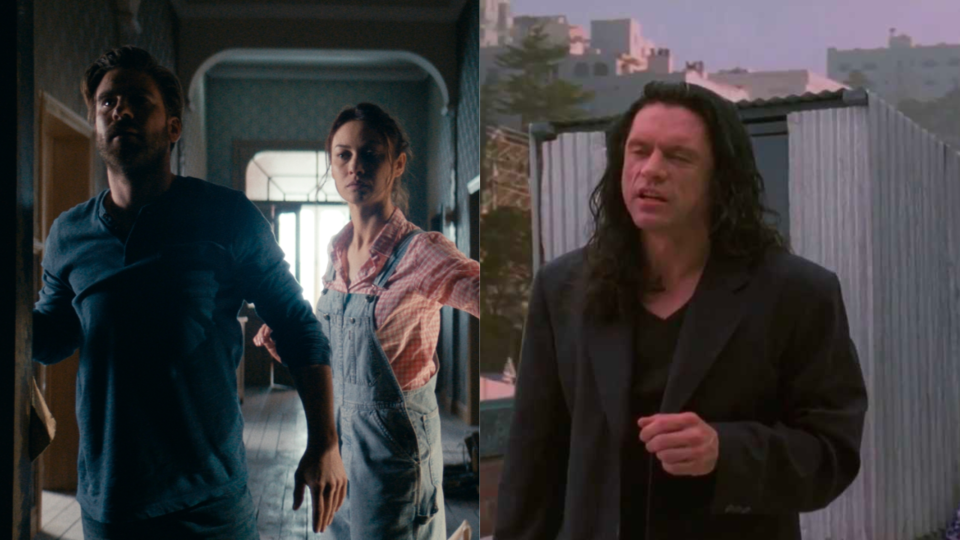
The more recent entry of The Room centers on a family’s discovery of a secret room where a murder occurred, leading to a truly disturbing force rearing its head. It’s a bit like House Hunters meets Old.
2003’s The Room is that Tommy Wiseau movie everyone meme-d the hell out of until James Franco made 2015’s The Disaster Artist. Regarded for its terrible story and worse directing, The Room is a legendary entry in the so-bad-it’s-good category. And while it might not be categorized as a horror, you see Tommy Wiseau’s butt several times, along with some peeping tom action, and more than one deadly interaction throughout this 99-minute thrill ride. That’s horrifying enough if you ask me.
Bait (2000) and Bait (2012)
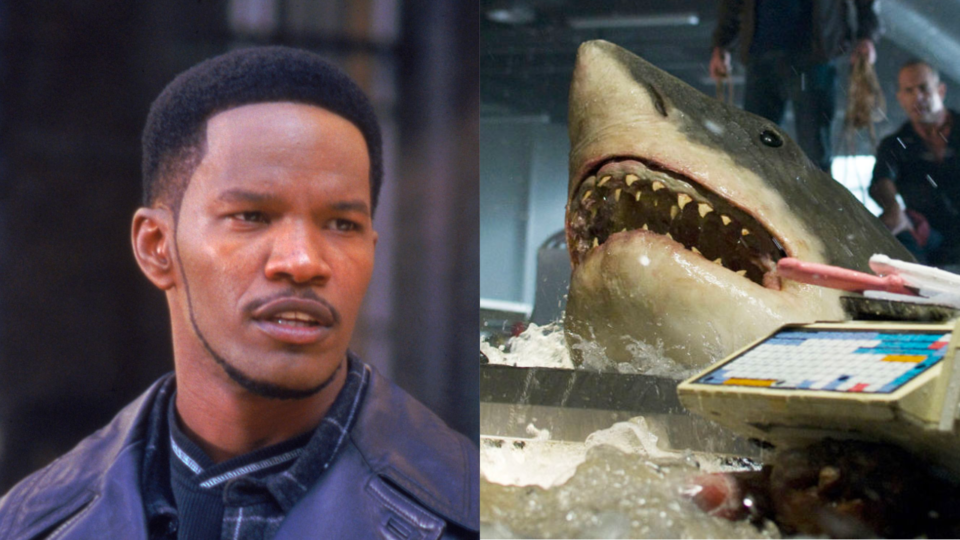
Antoine Fuqua’s 2000 film Bait is a turn-of-the-century critical flop for Jamie Foxx, harkening back to when the actor was finding his footing before his ascension to Hollywood hitmaker. Still, even though the plot is rather generic, Foxx and other cast members help make it entertaining enough. The action comedy featured David Morse, Mike Epps, and Jamie Kennedy among a list of noticeable cast members.
Instead of a Foxx, 2012’s Bait featured a 12-foot great white terrorizing a grocery store after a tsunami devastates the Australian coast. As the waters rise inside the store, shoppers face the threat of drowning or being eaten alive. But what made Bait truly terrifying was its 3D. Billed initially as Bait 3D, the graphics rival Jaws 3 at times. Pair these two while you’re at it.
Black Sheep (1996) and Black Sheep (2006)
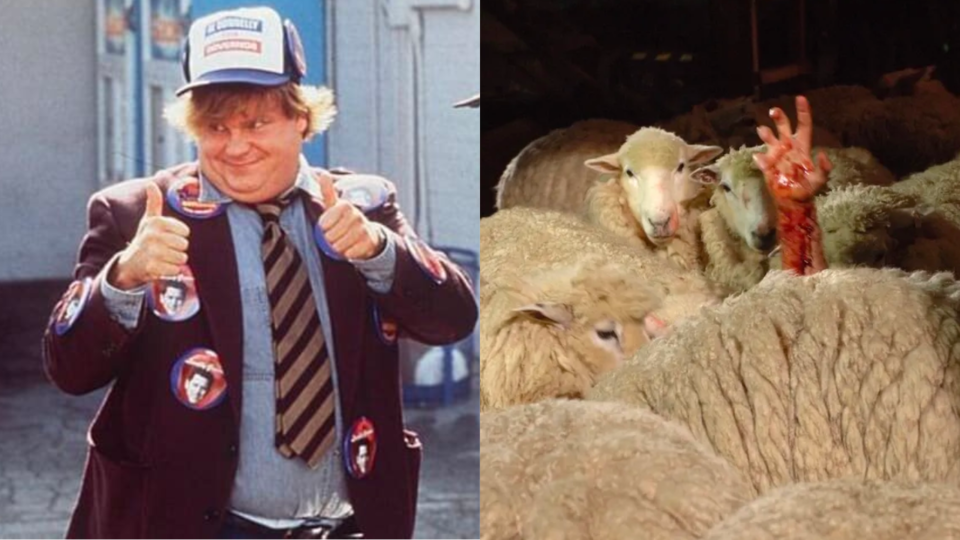
Made a decade and half a world apart, Black Sheep features two wildly different yet enjoyable enough films about brotherly struggles. The Gen-X era, U.S.-produced Black Sheep stars Chris Farley and David Spade in another buddy comedy, one year removed from the success of the buddy classic Tommy Boy. This time, Farley plays Mike, a Governor’s bumbling yet well-intentioned brother, and Spade plays the political party wrangler tasked with keeping Mike from screwing things up. While it wasn’t as funny as their first film together, it has its moments.
The millennial-era, New Zealand-produced Black Sheep is a largely critic-pleasing horror comedy about a man named Henry overcoming past traumas and two of his biggest fears, death, and sheep. But to get there, he’ll need to deal with a flock of genetically modified, bloodthirsty sheep set upon the town by his maniacal brother.
Child’s Play (1972) and Child’s Play (1988)
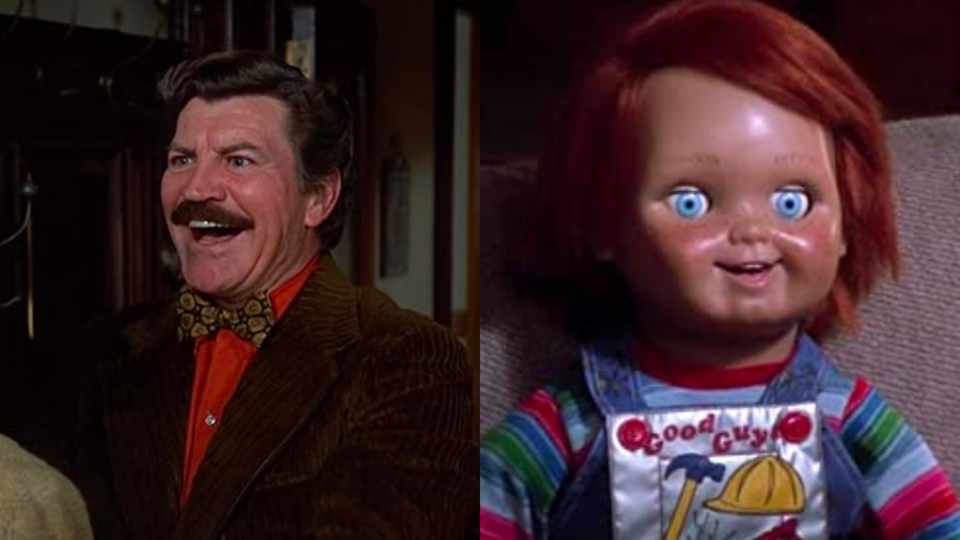
Acclaimed film director Sidney Lumet headed up 1972’s Child’s Play, a twisted story placing Jason Mason and Robert Preston as rival teachers at a Catholic boarding school. The latter is accused of doing heinous deeds to get the other to quit. Overall, its tension-building is worthwhile, but some critics said the film confuses its message with heavy suggestions of the supernatural without delivering.
1988’s Child’s Play certainly delivered on the supernatural, as well as a bunch of cursing and killing from a possessed child’s toy. Voiced by Brad Dourif, Chucky, and his menacing voice would soon become an iconic fixture in horror, spanning several sequels and a TV franchise–and it all started with this film. Today, Chucky and the Child’s Play franchise is one of the most iconic horror entries, equally for its scares, laughs, and even its inclusive values.
Christine (1983) and Christine (2016)
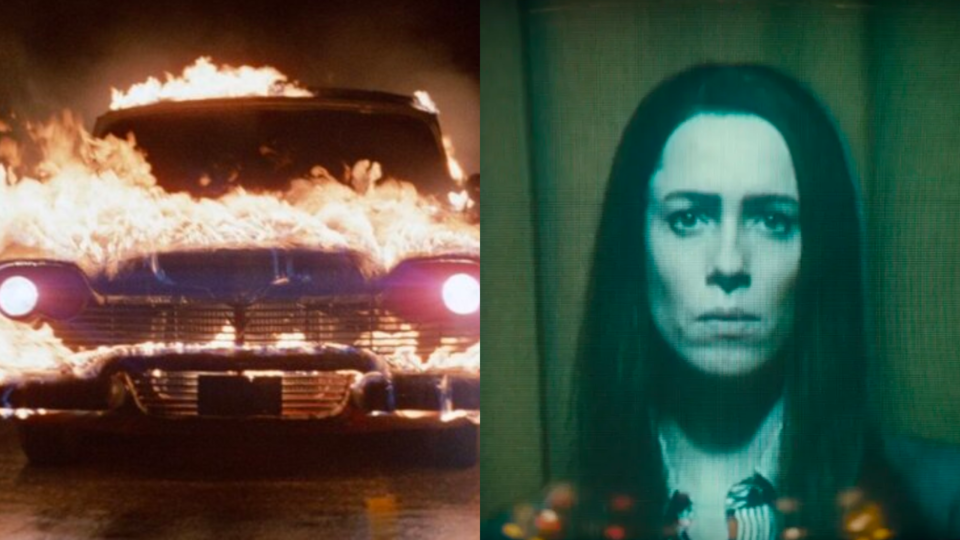
John Carpenter’s 1983 take on Stephen King’s novel sticks in viewers’ minds as one of the more unique horror concepts. After buying a ’58 Plymouth Fury named Christine, Arnie’s life is destroyed as his car embarks on a path of destruction, killing and injuring teens, gang members, auto body shop workers, and others. If you liked 2010’s Rubber, check out Christine.
Unfortunately, 2016’s Christine is much more tragic. The drama tells the true story of Christine Chubbuck, a Sarasota, Florida-based news reporter struggling with news media’s shift towards the sensational and bloody. During a July 1974 newscast, Chubbuck pulled out a gun and took her own life on air. While the film has mainly received positive press, Chubbuck’s family has called the work “despicable and deplorable,” alleging it exploits the death of their loved one.
Chubbuck was just 29 years old.
A Lot More Out There
Didn’t see your favorite on the list? No worries!
These are just a few of my favorites to pique your interest. There are plenty of other examples out there. Stick around for a potential part two sometime down the road.
Categorized:Editorials
